July 24, 1847
Utah’s dairy industry begins with the arrival of the first pioneers in Salt Lake Valley. With the company were 90 oxen, 41 cows, three bulls, and 7 calves.
The infant industry received a big boost with the arrival of the second company of immigrants in Salt Lake Valley on September 19th, 1847. They brought with them 2,213 oxen and 887 cows.

Logan Herald Journal | 1957-06-06 | Page 64
Logan Herald Journal | 1959-06-18 | Page 37
July 2, 1862
During the Civil War, President Abraham Lincoln signed the Morrill Land-Grant Colleges Act to fund the establishment of a new college in each state and territory.
Land grant university made education more accessible to more than just the upper class members of society.

March 8, 1888
Utah State Agricultural College was established. The original curriculum was comprised of agriculture and mechanical arts.
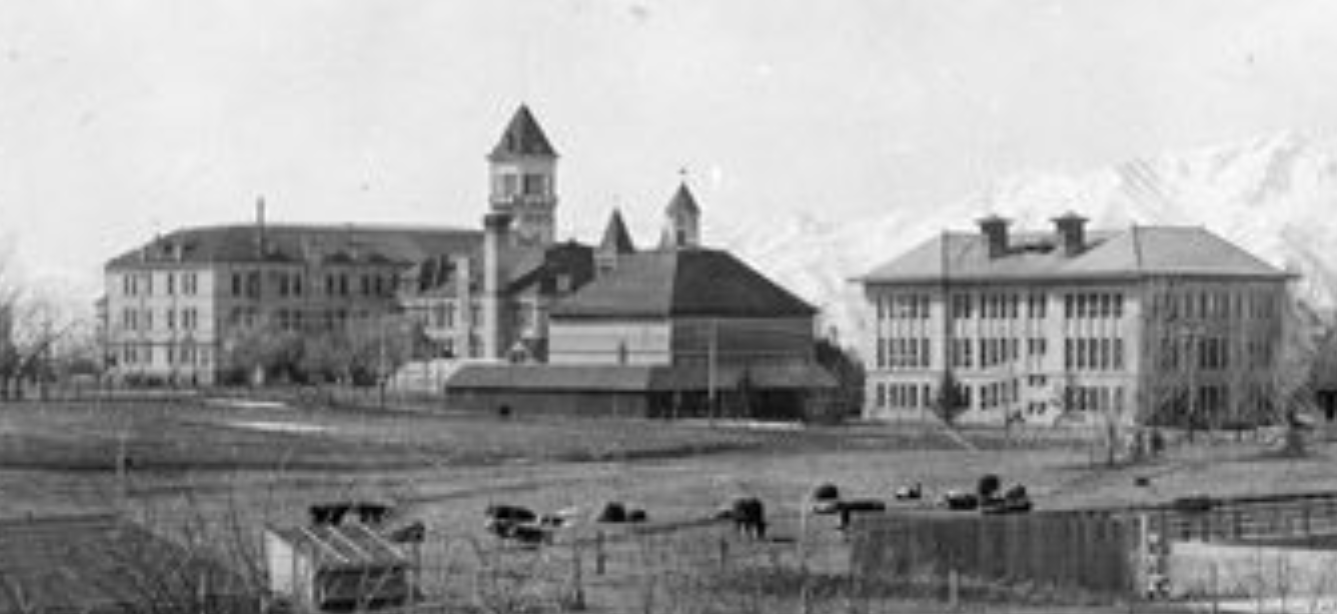
1907
Dairy manufacturing enters the curriculum. While the university had been processing milk into butter and cheese in the basement the Old Main building since its inception, it wasn't until 1907 that dairy manufacturing was formally introduced into the college's curriculum.
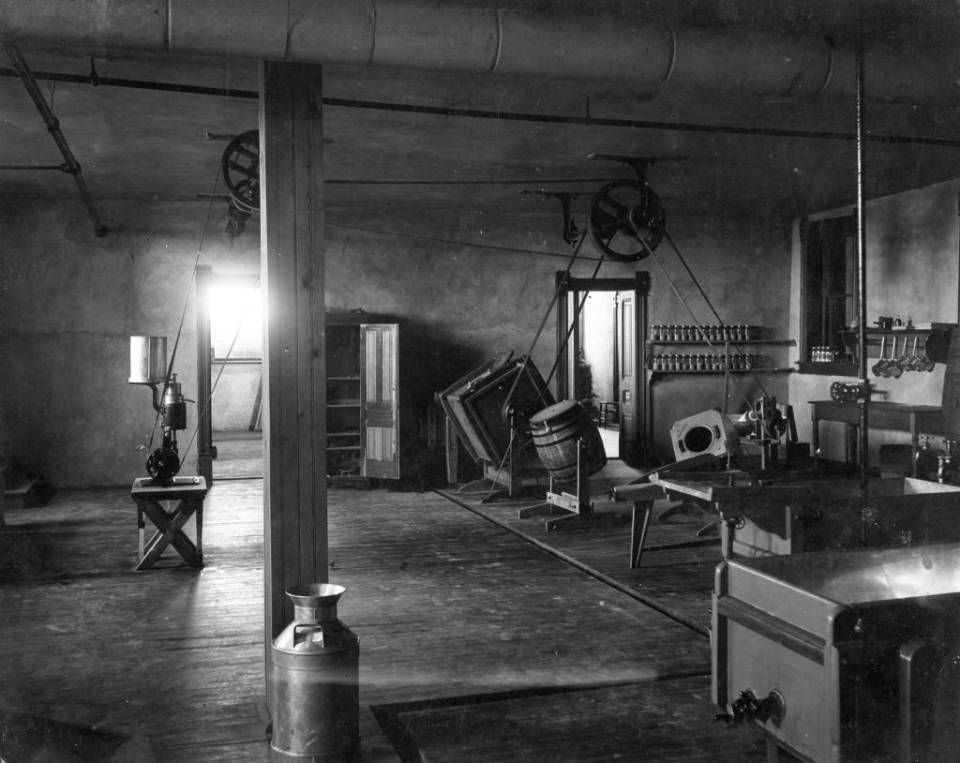
1919
Dairy and Animal Husbandry building is finished and houses the USU dairy.
“The entire east end of the first floor is given over to the dairy, which is conceded to be one of the best equipped and most modern dairies in the entire country.”
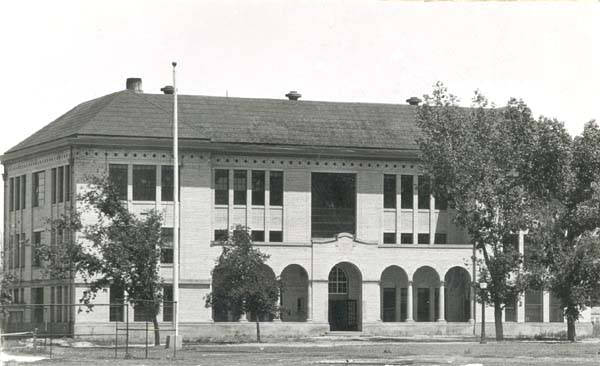
Ogden Daily Standard | 1919-08-04 | Page 12 | New Buildings at U. A. C. Ready for the Fall Term
1921
Gustav Wilster joins USU’s faculty of dairy husbandry. His passion for teaching would initiate a new focus on students. This student-centered teaching would lead to landmark Utah companies such as Casper’s Ice Cream, Farr Better Ice Cream, and Snelgrove Ice Cream.
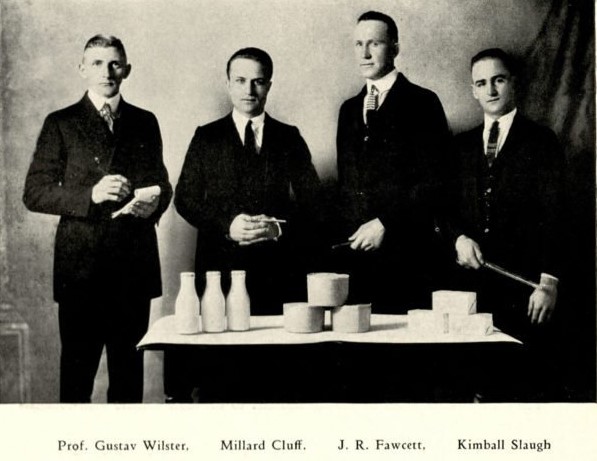
1922
Reuben L. Hill, a professor from USU, devised a method to determine the suitability of milk for infants by observing the solid component that arises when milk reacts with acidity. This helps assess whether the milk provides the necessary nutrients for healthy infant development.
While cow's milk is does not adequately meet all of an infant's nutritional needs, Hill's study was globally recognized, gave lower-income families safer alternatives, and was a part of the growing research that would lead to the development of infant formula in 1929.
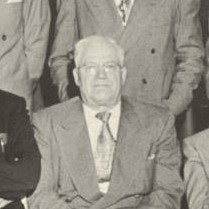
Enough to Curdle Milk, pg. 10
Student LIfe, Weekly Biography, Reuben L. Hill, pg. 3
R.L. Hill's Study
Bulletin No. 236 - The Manufacture of Cheese from Soft-Curd and Hard-Curd Milks
(1929-1940s): Government's Dairy Infrastructure
March 12, 1931
A.J. Morris—who had earned his bachelor’s degree in 1923 while studying under Prof. Wilster—joined the USU faculty in 1931 and was an inspiring teacher, researcher, and administrator.
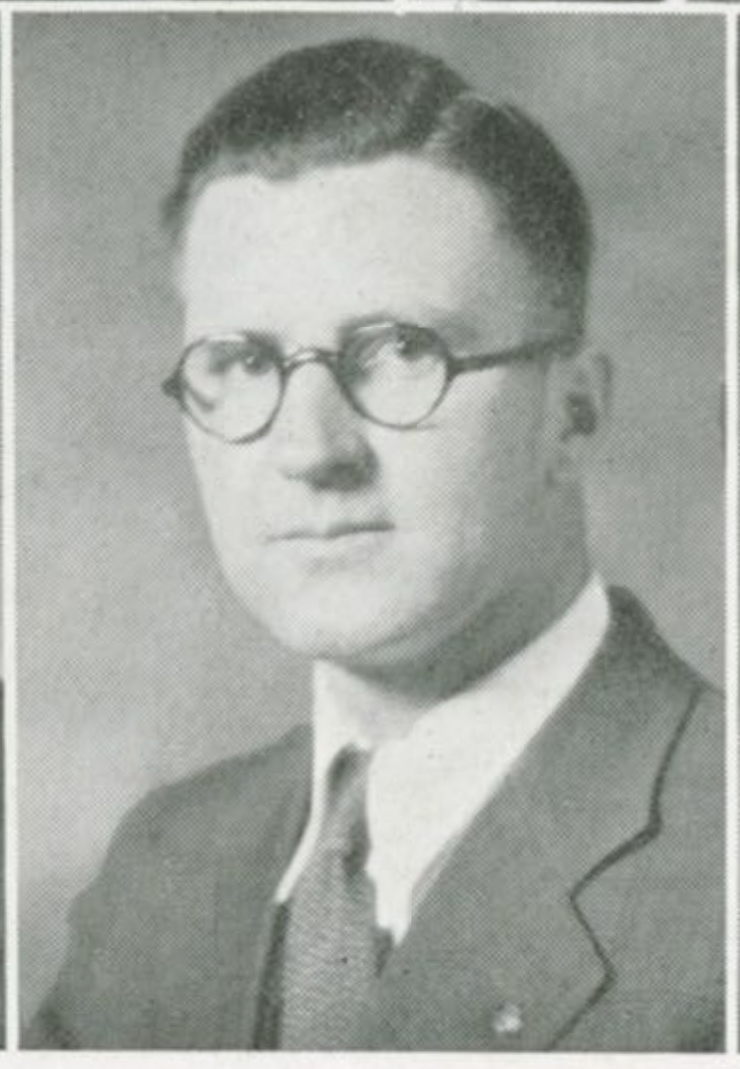
May 12, 1933
President Roosevelt signed the AAA act to relieve the existing national economic emergency by increasing agricultural purchasing power, to raise revenue for extraordinary expenses incurred by reason of such emergency, to provide emergency relief with respect to agricultural indebtedness, to provide for the orderly liquidation of joint-stock land banks, and for other purposes.
In 1935, the income generated by farms was 50 percent higher than it was in 1932, which was partly due to farm programs such as the AAA.

August, 1938
USU's Professor Morris was named chairman of the American Dairy Science Association, western division.
The American Dairy Science Association (ADSA) is an international organization of educators, scientists, and industry representatives who are committed to advancing the dairy industry and keenly aware of the vital role the dairy sciences play in fulfilling the economic, nutritive, and health requirements of the world's population. Together, ADSA members have discovered new methods and technologies that have revolutionized the dairy industry

1940s
In the fall of 1922 the milk industry was revolutionized with the invention of the automated milking machine. It wasn't until the 40s that Cache Valley farmers were using this new form of milking, increasing productivity, profits, and minimizing labor.
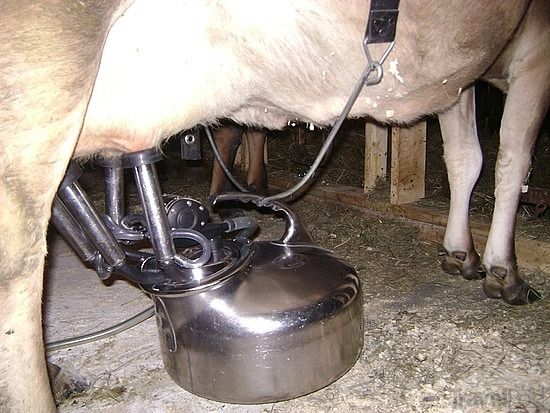
History of the Surge Bucket Milker
The milky way: The past and present of dairy production
July, 1941
Utah Dairymen asked to increase output to meet World War II needs.
"A 25 percent increase in evaporated milk and 30 percent in cheese for defense purposes to meet our own needs and those of Britain" -that was the stress placed on Utah Dairymen last week by Roy Jones USDA, extension dairyman from Washington D.C. to increase their production of milk under the national Food For Defense program.
Dairy farmers would increase herd size, and milking frequency in order to support soldiers in the war.
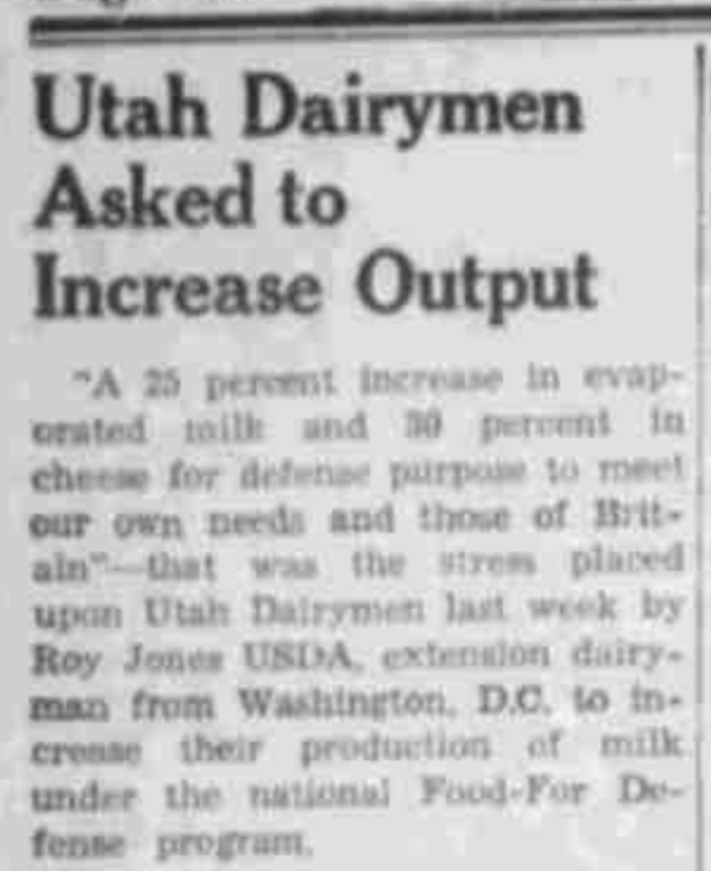
November, 1942
The Animal Husbandry building housed 100 WWII navy and marine radio trainees due to overcrowded quarters in other facilities.
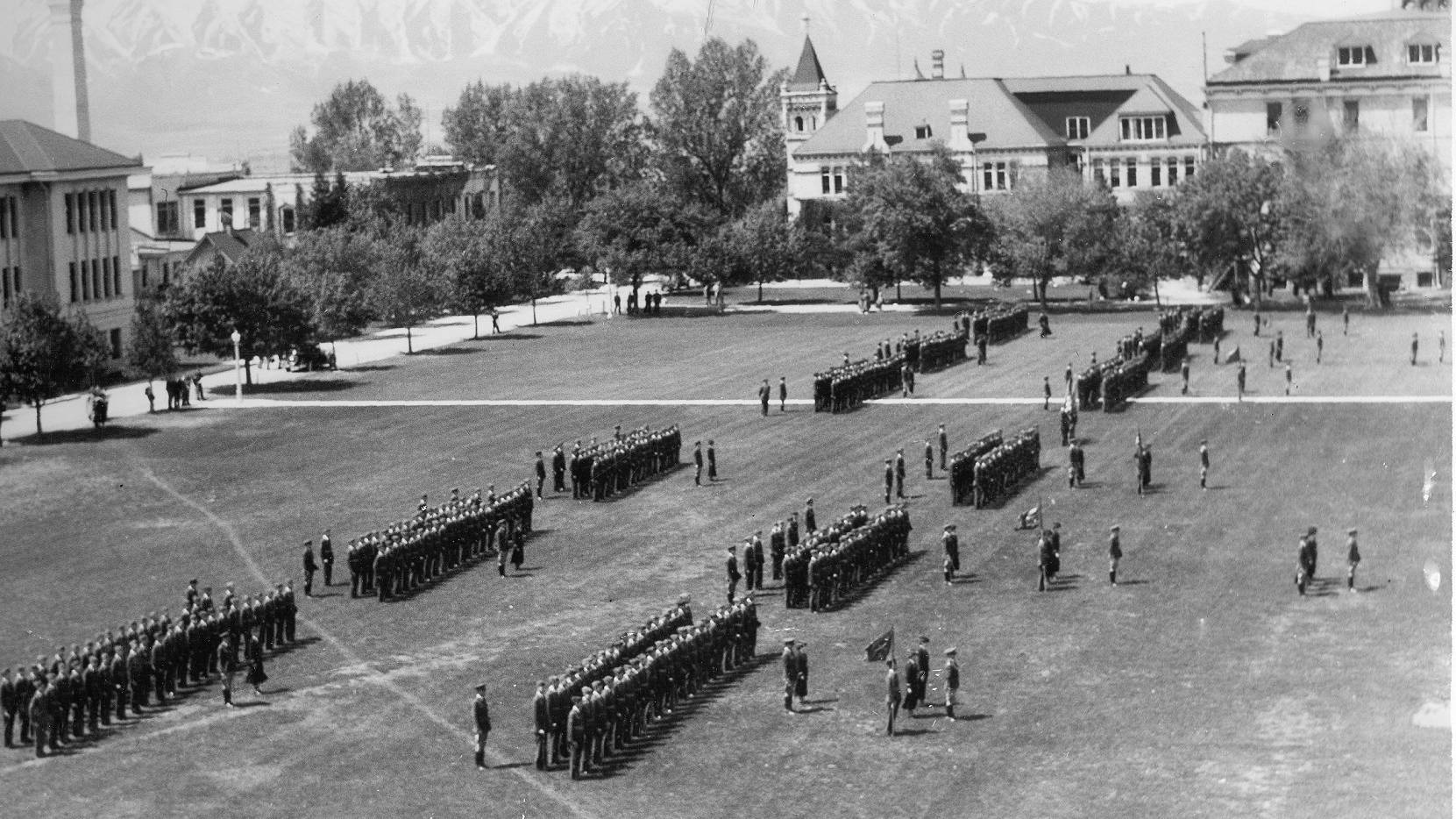
1949
With the war over, the government began buying up the excess dairy products to stabilize prices. Unlike corn or wheat, however, milk needed to be converted into more shelf-stable forms, specifically butter, dehydrated skim milk powder, and cheese.
Many of these products wold be shelved for decades until Pres. Ronald Regan decided that they would be given away to low-income families who would call it, "government cheese".
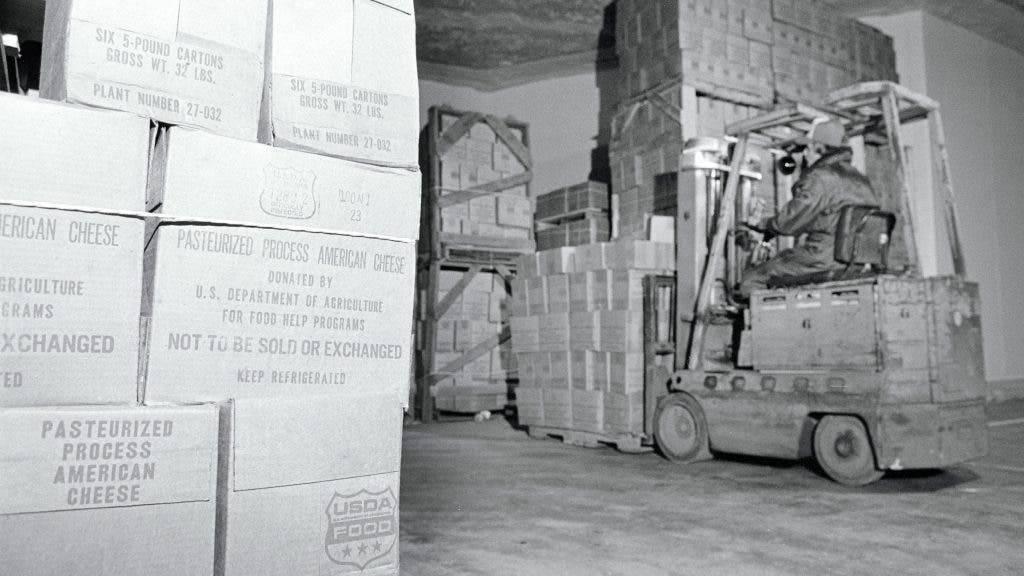
Why Did the U.S. Government Amass More Than a Billion Pounds of Cheese?
1950
USU's Bliss H. Crandall and Lyman H. Rich developed the first computerized system for keeping track of the universities's dairy records.
Four years later, Crandall founded Dairy Herd Improvement Inc. in his basement. He processed health, feed, breeding and quality and quantity of milk records on 17,000 cows.
He is known as the father of computerized dairy records. His accomplishments are recognized worldwide for furthering the dairy industry in record keeping, management practices, and genetic improvement.
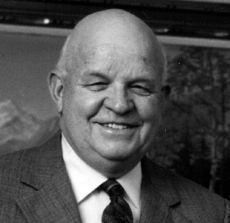
Utahn Isn't Dairyman, But He Revolutionized The Whole Industry
November 21, 1954
This first annual dairy short course starts. As part of USU's duty as a land-grand university it started teaching classes to the community.
Demonstrations included dairy herd improvement reports on IBM machines by Prof. Bliss H. Crandall (inventor of the IBM machine), and fundamentals on judging the dairy cow, in the dairy barns, by Prof. George B. Cain (head of the Department of Dairy Industry).
Dairy classes continue today!

1954
The Agricultural Act establishes the Special School Milk Program to use USDA funds to increase fluid milk consumption in schools. This contributed (along with the growth in school lunches) to a 10-fold increase in school milk consumption between 1946 and 1969.
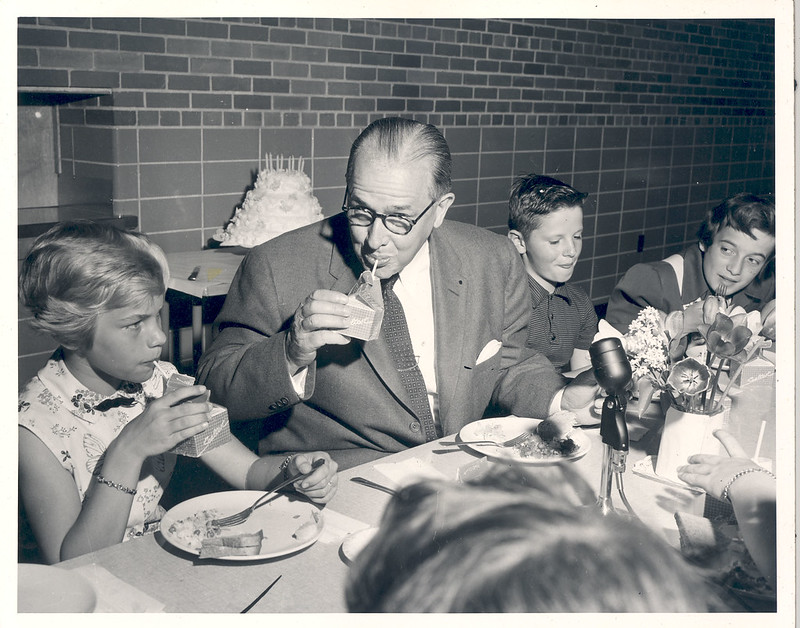
June, 1955
American Dairy Association forecasts the end of dairy surpluses with declining government support and increasing per capita dairy consumption.
In 1954-55, domestic milk consumption rose by 6 billion pounds, driven by population growth and retail price drops. Per capita milk consumption increased by 43 quarts, butter consumption rose by 0.64 pounds, and cheese consumption increased by 0.58 pounds. Despite declines in evaporated milk purchases, ice cream consumption rose by 5% in the first three months of 1955.
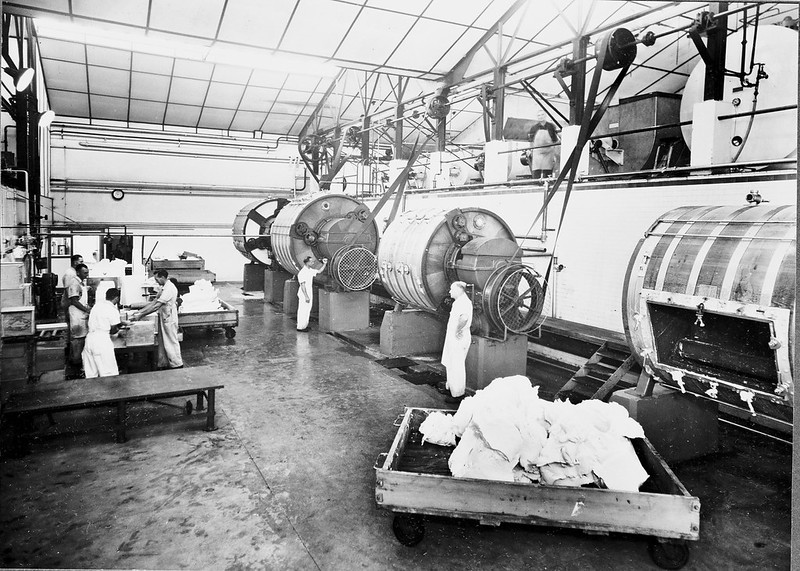
April, 1958
Prof. Morris, a nationally recognized dairy scientist, highlights Utah's dairy achievements.
30% of diet from dairy, $40M+ annual dairy production value. Utah's Grade-A milk plants and suppliers earn honor roll ratings by US Public Health Service, marking a national reputation for quality. Utah leads as the first state to complete ratings for all fluid milk plants and suppliers.

1960's
The pipeline milking systems replaces bucket milkers as the preferred way to milk cows.
Pipeline milkers require much less labor and are easier on the humans doing the milking. Pipeline systems were developed in the 1950's and 1960's. Thousands of Pipeline milking systems were installed in Cache County in the 1960's and 1970's as farmer's herds were getting larger.
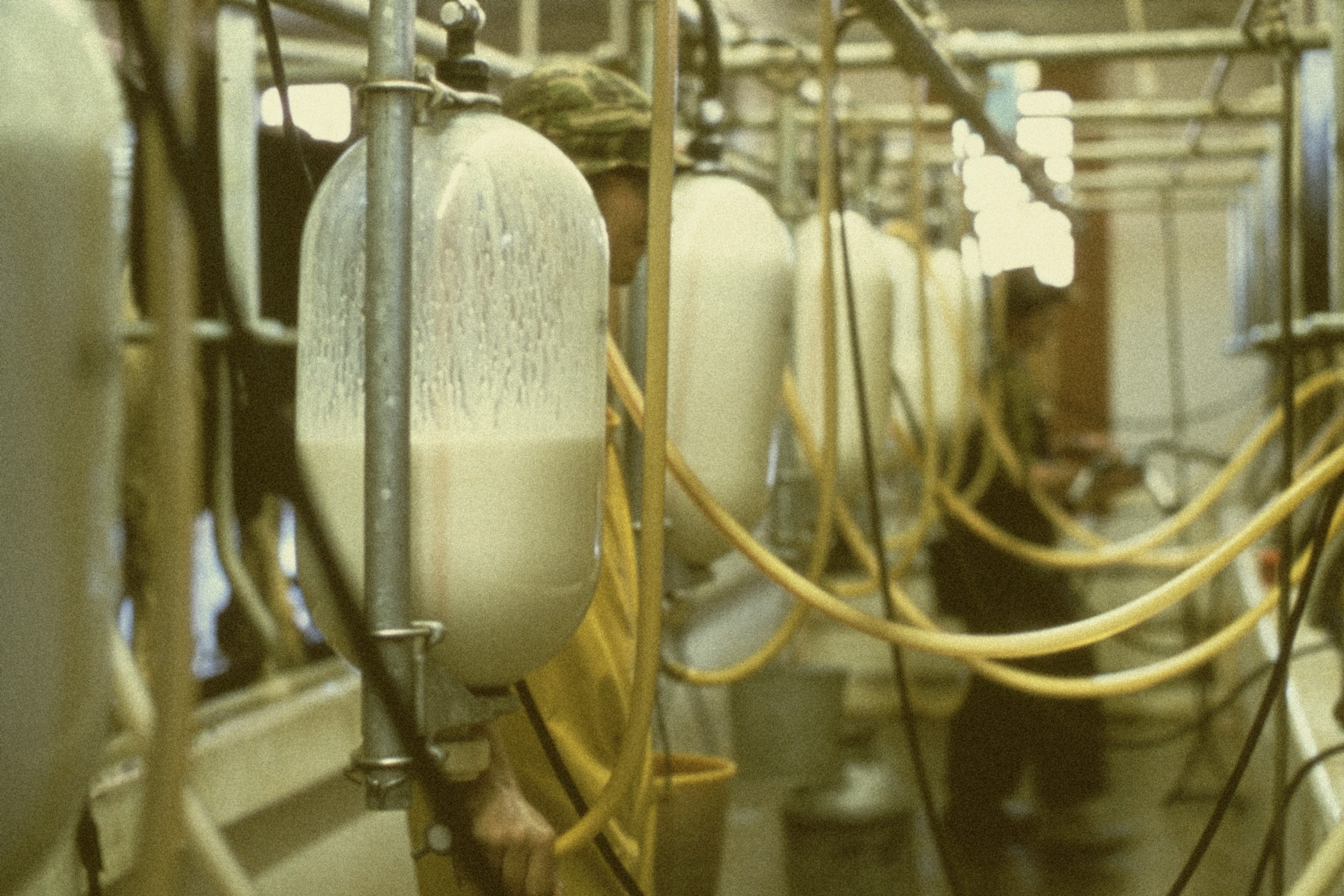
May 31, 1962.
Utah Dairy Foods Ranked Among Finest in Nation
When President John F. Kennedy announced that milk would henceforth be served at every White House meal a quantity of Utah milk within hours was winging its way by plane to Washington D.C.. Utah’s dairymen wanted the President to enjoy "the finest” milk for his breakfast the next morning.
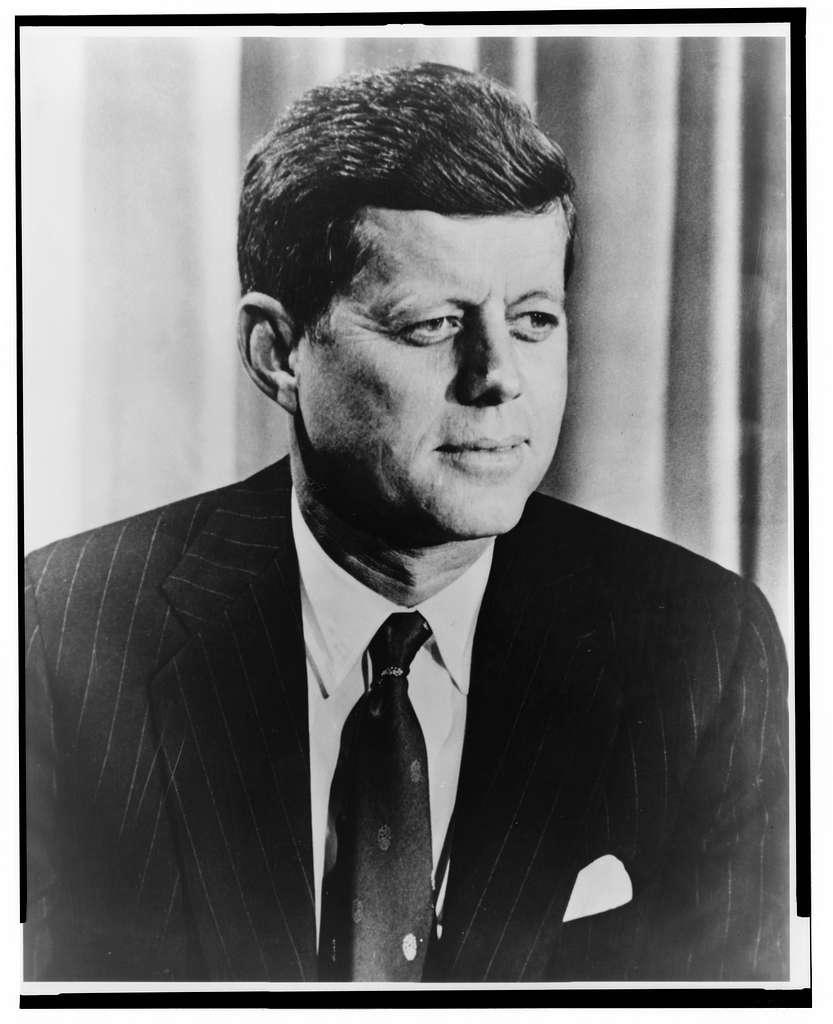
1965
Carl Anthon Ernstrom was made head of the newly formed Department of Nutrition, Food Sciences and Industries at Utah State University. Almost immediately, he began promoting the idea of constructing a new building to house the department’s faculty and laboratories.

One of the big problems with the old dairy lab was that the drainage system couldn't keep up with the production, meaning the floor was almost always flooded.
Dr. Ernstrom would get his new lab more than 10 years later.
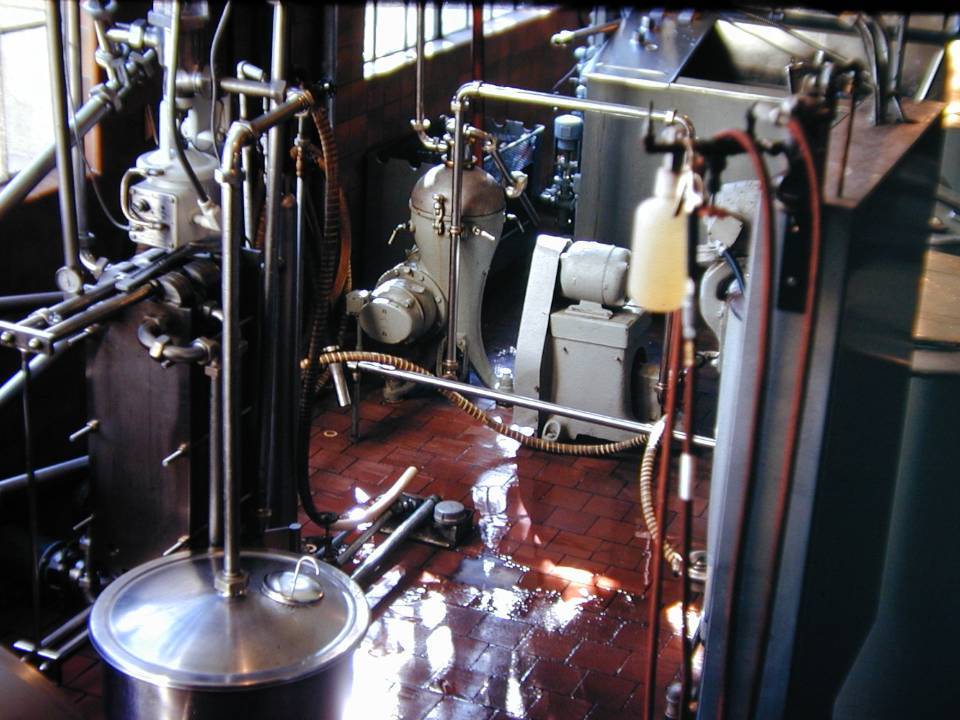
June 30, 1965
Professor Arthur J. Morris Retires after 42 years in the USU Dairy Department.
Professor Morris was recognized for his outstanding contributions to the progress of Utah's dairy industry. He served as the manager of the American Dairy Association of Utah and played a major role in introducing many programs, such as the annual observance of June Dairy Month. A graduate of Utah State Agricultural College (now USU), he studied under Gustav Wilster, the Father of Aggie Ice Cream, and became head of the dairy department in 1955.
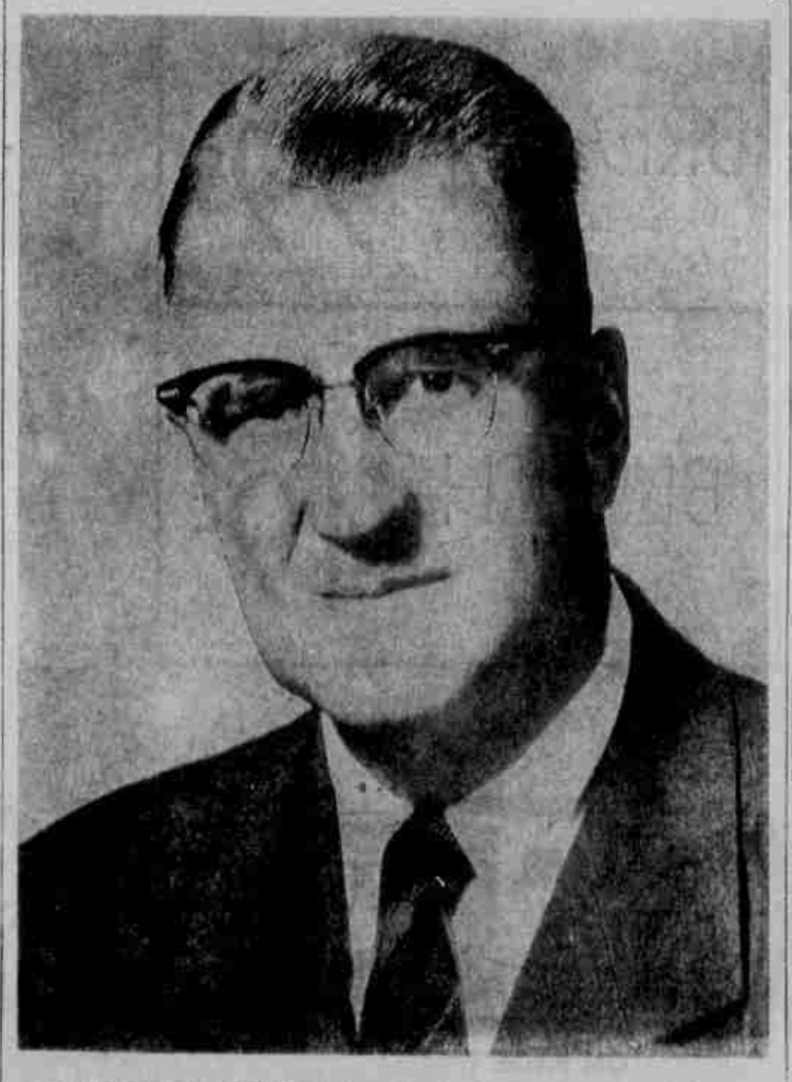
1968
Utah production of several dairy items rose to new heights in 1968 and cash receipts from all milk and ice cream sold in Utah reached a record $39 million according to the Statistical Reporting Service of the United States Department of Agriculture.

1976
Dr. C. Anthon Ernstrom establishes the Utah State University Dairy Research Advisory Board, a precursor to the Western Dairy Center. It utilized faculty-lead research.
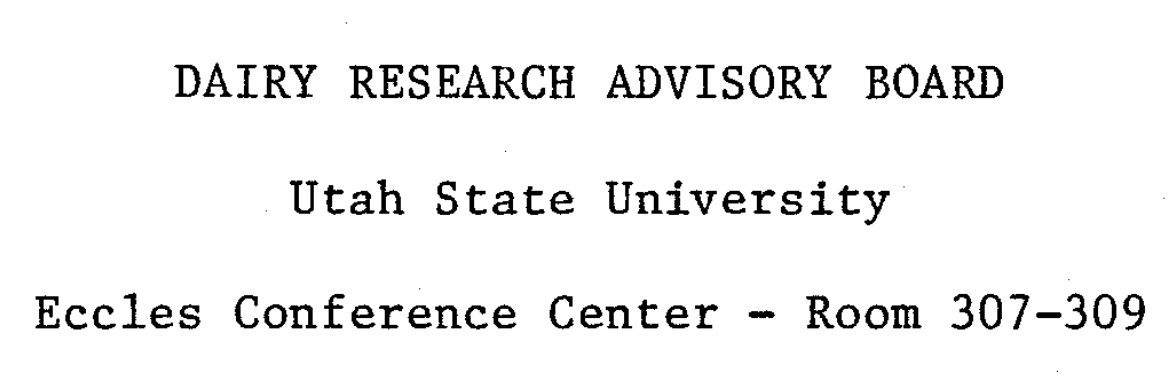
Progress Report for the Dairy Research Advisory Board - 1982
1976
The USU Creamery and Dairy Science department moves to the new building where it currently resides.

Dairy Production and Consumption Balance
1980
The early 1980s recession, which lasted from July 1981 to November 1982, was one of the most severe since the Great Depression. It was characterized by high unemployment, high inflation, and significant financial instability.
1983
The national dairy checkoff, or the Dairy Stabilization act, started in 1983 as an optional program for dairy farmers to contribute to increase demand for dairy products. Today the program is no longer optional; dairy producers must contribute to the program.
The dairy checkoff is a national program created by farmers for farmers to drive up sales, consumption, and trust. It collects 15 cent per 100 weight of milk produced. This money can only fund dairy product promotion, research, and nutrition education.
Since the checkoff creation dairy consumption has increase 73 pounds per capita.
![]()
February, 1983
Dr. Gary Richardson, a professor at USU, invented the continuous milk coagulation measurement in cheese vats, which would significantly improve cheese yield and quality.
For these advancements, he received the prestigious Harold Macy Food Science and Technology Award, recognizing his contributions to controlling starter cultures in the cheese industry.
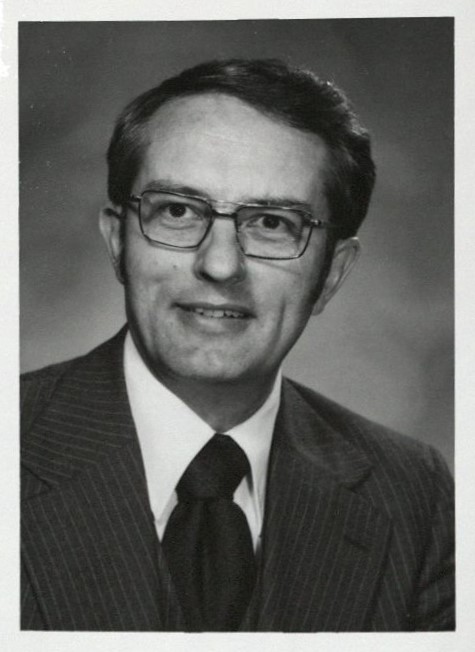
November 17, 1987
The Western Dairy Center (WDC) is established in Logan Utah. Dr. Gary Richardson becomes the first director.
It became one of six national dairy research centers funded by the National Dairy Promotion & Research Board (NDPRB), the board that manages the national Dairy Checkoff.
Initially, the WDC worked in conjunction with a three-way partnership between BYU, Oregon State, and Utah State. Today the WDC is networked with more than nine institutions of higher education.
The WDC pursues an ongoing mission to conduct basic and applied research in dairy products and ingredients and to transfer the resulting knowledge to the dairy industry in usable form.

Logan Herald Journal | 1987-11-22 | Page 39
February 7, 1989
Gary Richardson retires. Jeffery Kondo becomes the second director of the Western Dairy Center.
As a mere graduate student at the University of Minnesota, Dr. Kondo was the first to use dairy starter cultures to add desirable genes to DNA in a test tube, then insert the DNA directly into bacteria. This would eliminate screening and produce a tailor-made, precise organism.

1990s
Automatic milk parlors become available. This would allow the complete automation of the milking process by a type of agricultural robot.
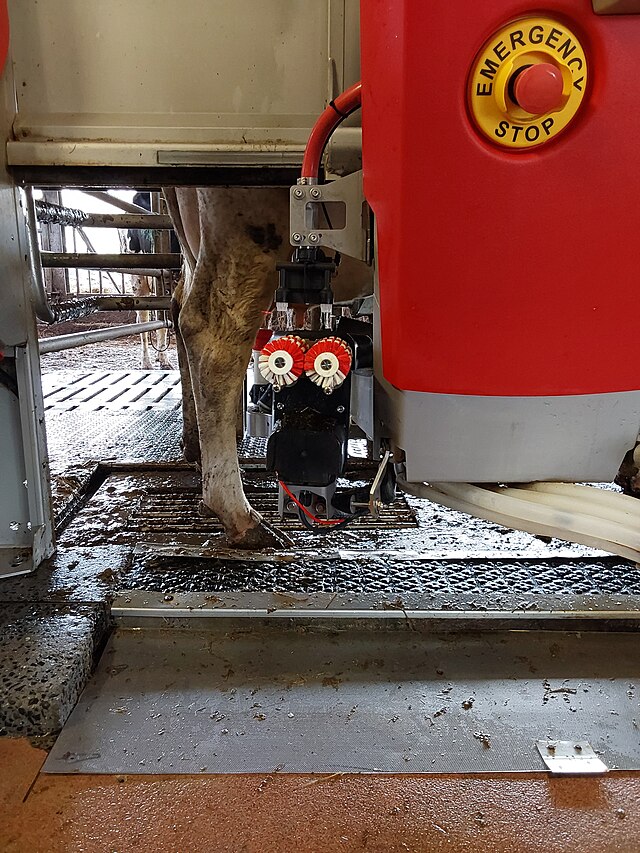
1990
Jeff Kondo retires. Paul Savello becomes the third director of the Western Dairy Center.
Dr. Savello's boundless ambition would lead him to invent an improvement to skim milk, and collaborate with NASA in sending milk to astronauts in space.
USU Food Scientists Change Skim Milk
USU Develops Space-Worthy Milk Products
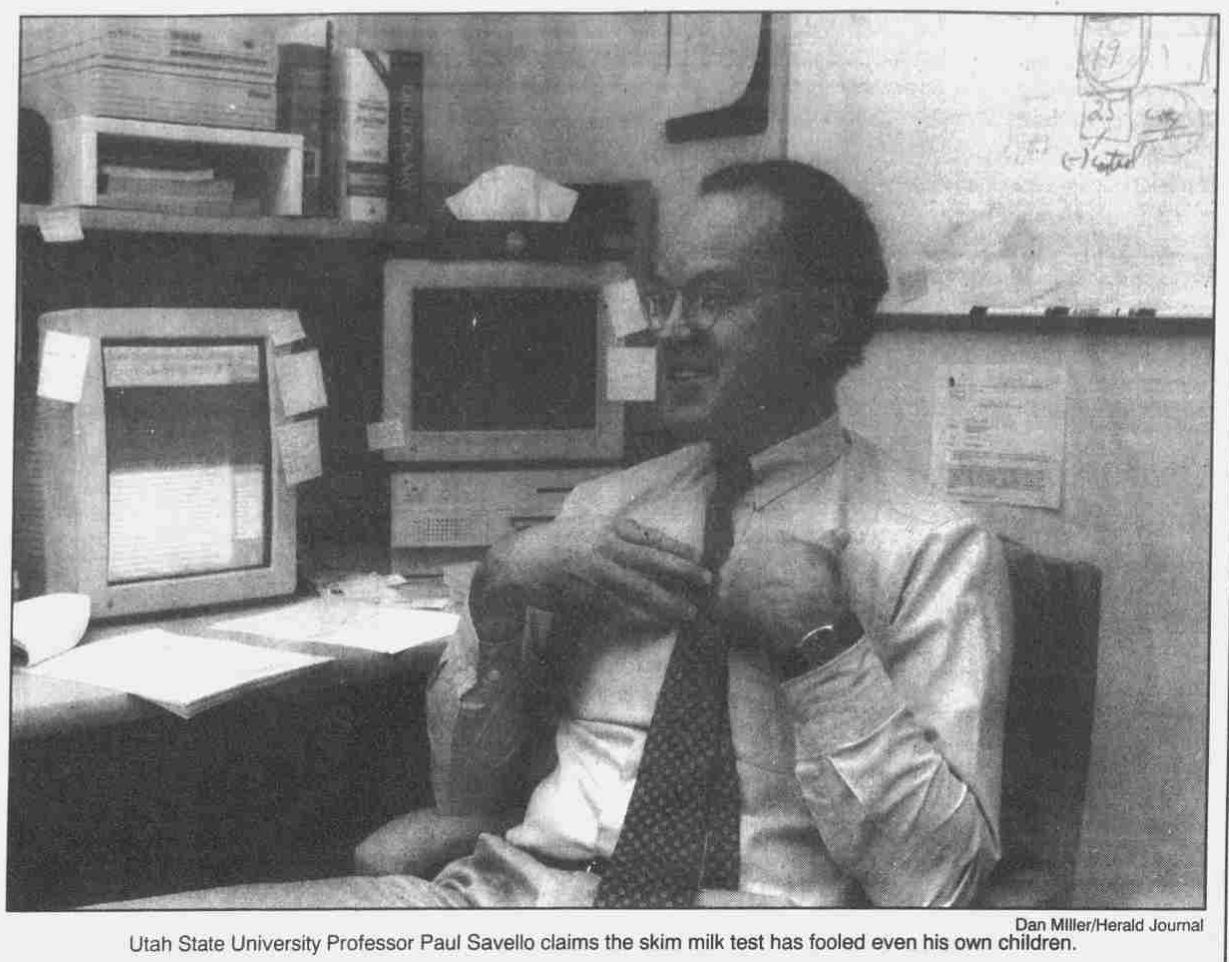
1993
Paul Savello resigns. Don McMahon becomes the fourth director of the Western Dairy Center.
Dr. McMahon would do groundbreaking work in developing milk protein concentrates and improve the cheese manufacturing processes. His innovations, including the enhancement of cheese yield and texture, have significantly advanced the dairy industry.
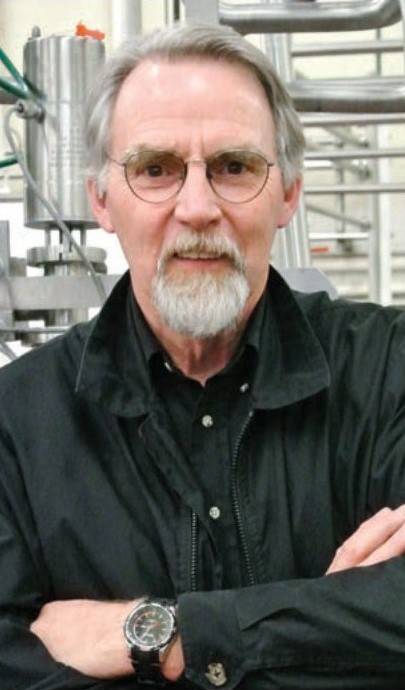
1994
Niranjan R. Gandhi was a graduate student of Richardson and donated $1,000,000 to the construction of the nutrition science building and dairy lab.
Dr. Gandhi did not want to have things named after him, but rather wanted to honor the two professors who he studied under during his time at USU. He requested that the building be named the C. Anthon Ernstrom Nutrition and Food Sciences Building and the Dairy Products Laboratory be called the Gary Haight Richardson Dairy Products Laboratory.
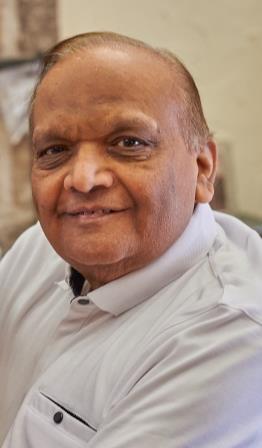
2000s
The number of students coming out of the WDC and staying to work in the local dairy industry began to decline.
The majority of technically trained dairy industry in the west were nearing retirement without sufficient workforce to replace them.
2012
Discussions to create the BUILD dairy program begin.
“The region lacked a pipeline for university students to gain the experience and connections needed to fill a critical gap in the industry for technical trained people. Bastian created BUILD with colleagues and stakeholders spanning the western dairy industry.”
“Utah State University has a long history of providing training on cheesemaking since its inception in 1888; ten years ago, the program was revitalized by McMahon to provide a strong technical foundation for the rebirth of small-scale cheese manufacture in Utah.”
2014
Donald McMahon and Eric Bastion form the BUILD Dairy program. In order to have more graduates who understood and had an interest in dairy food to replenish the dairy technology labor and research need prime them for the dairy industry. Students begin heading research under the advice of faculty.
“The thing about BUILD Dairy that I’m proud about is its focus on students,” McMahon said. “It funds student research at Utah State and within the region. Currently, one-to-two million dollars of external funding come into the program every year, which means new food science faculty members have support for their research programs that attract students, develop students’ knowledge and skills, and broaden our graduates’ career opportunities.” -Don
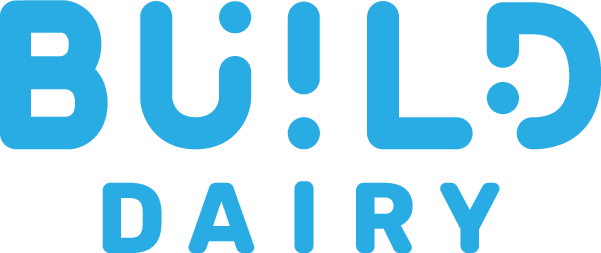
October, 2016
Dairy farmers resorted to dumping 43 million gallons of milk down the drain. The same year, the USDA bought up $20 million worth of cheese to reduce an excessive supply.

April, 2018
The dairy councils of Utah, Nevada, and Idaho officially joined together as Dairy West partners and stewards of dairy farmers’ local checkoff investment. Idaho’s milk production, combined with Utah’s growing population, allows us to better utilize our resources to reach more people
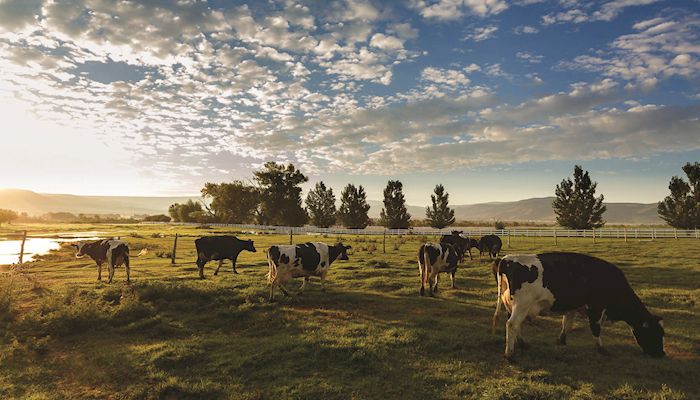
Dairy Council Of Utah & Nevada Combines With Dairy West Of Idaho
August, 2019
McMahon finished his 34 years on USU’s faculty and happily retired. He was replaced by Eric Bastian who is the current WDC Director.
Dr. Bastian has significantly advanced dairy science through developing new dairy product formulations and promoting industry innovation and sustainability. His work bridges academic research and practical applications, enhancing dairy production practices and supporting industry growth.
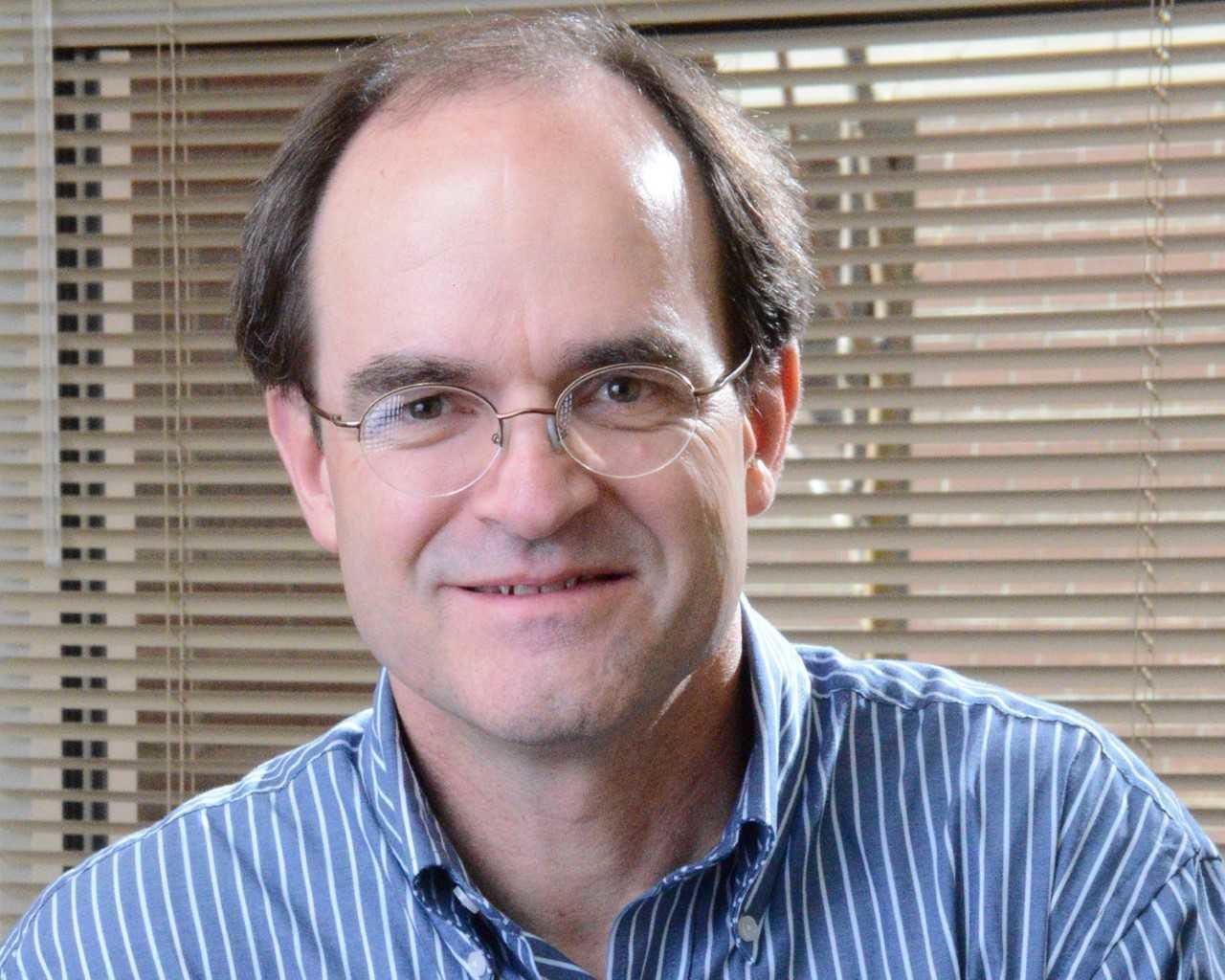
2020
The Western Dairy Center has helped the dairy industry navigate recent economic hardships and criticism, fostering resilience and innovation. Through strategic initiatives like the BUILD Dairy program, the industry has seen a rebound in per capita consumption and the success of new dairy products. Despite challenges, the Western Dairy Center continues to drive growth and ensure a promising future for dairy farmers.


